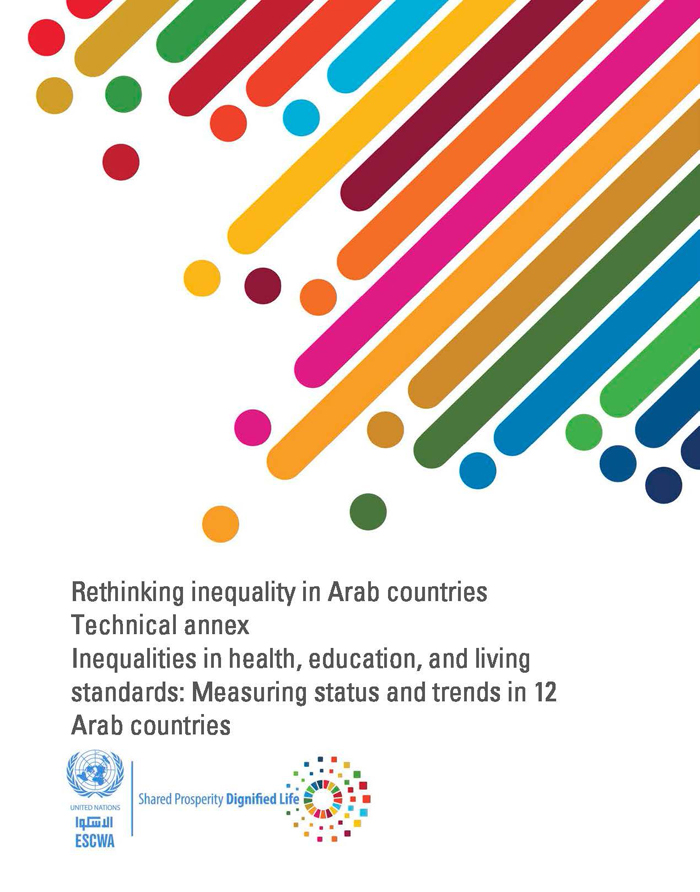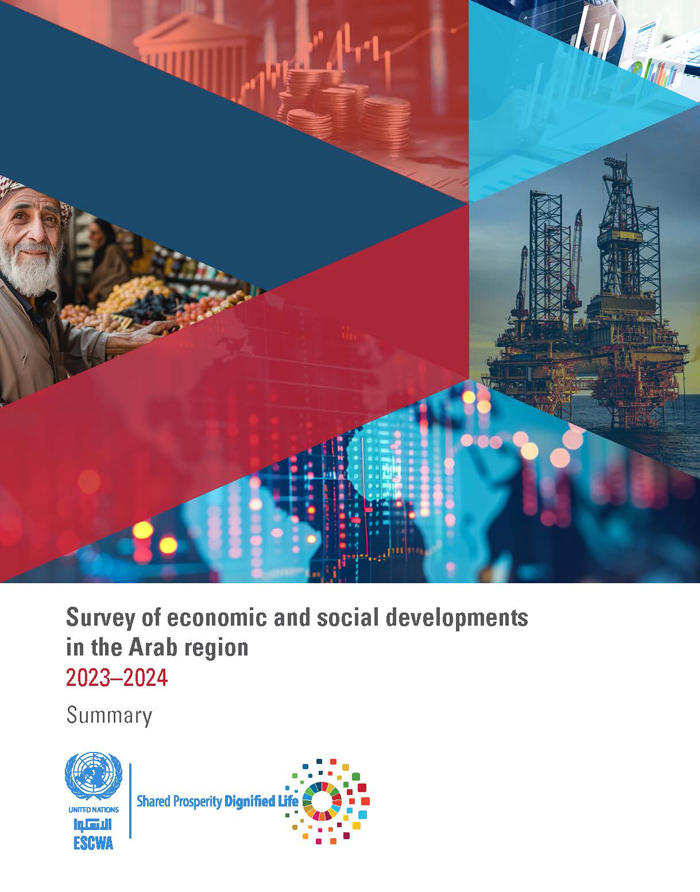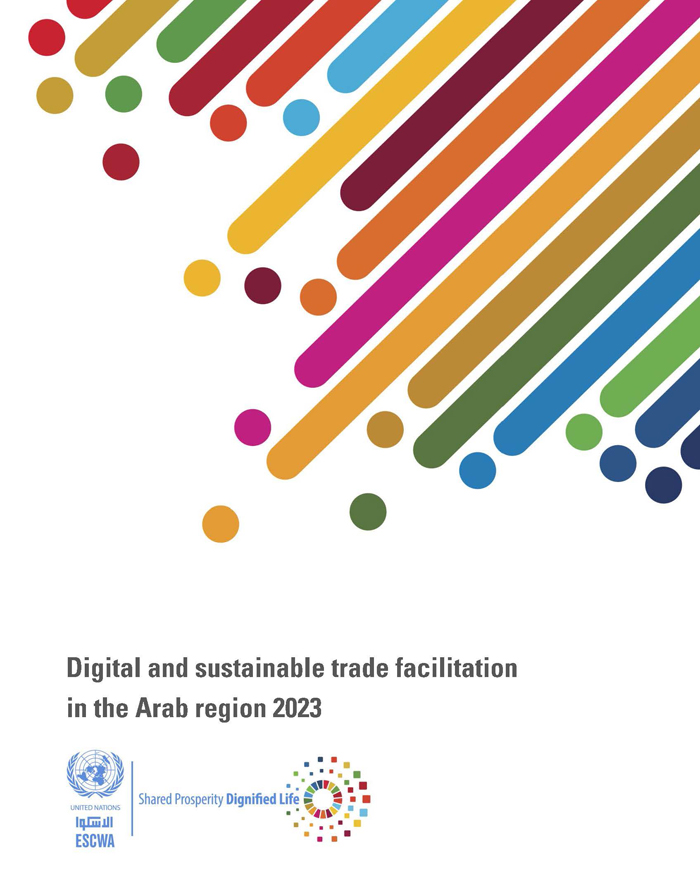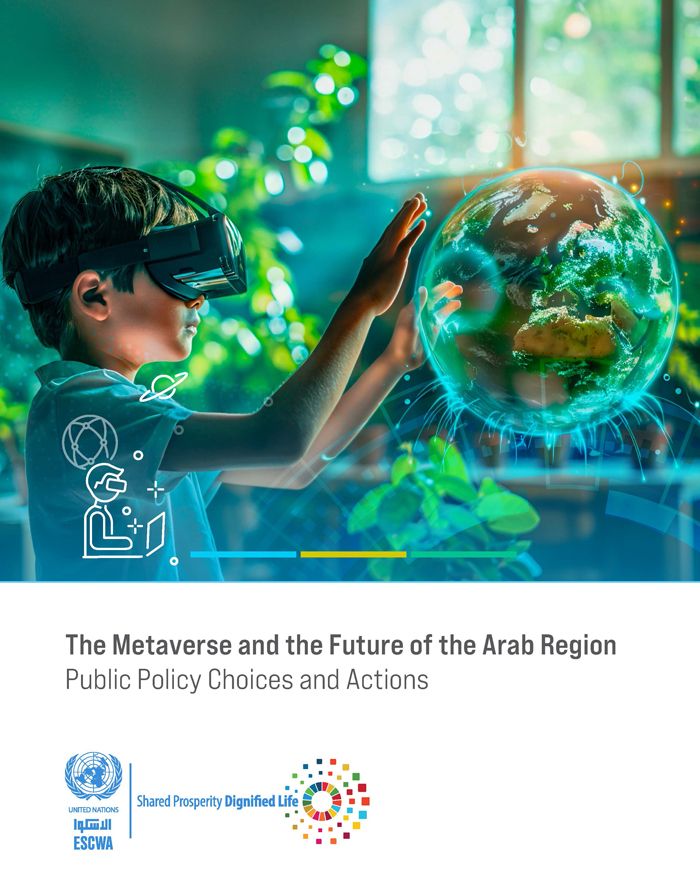
ESCWA Publication: E/ESCWA/CL3.SEP/2020/TP.16
Country: Arab region
Publication Type: Information material
Cluster: Shared Economic Prosperity
Focus Area: 2030 Agenda
Initiatives: Supporting Least Developed Countries, Development challenges
SDGs: Agenda 2030
Keywords: Arab countries, Basic education, Health, Sustainable development, Education, Health services, Statistical data
Rethinking inequality in Arab countries Report 2019: Technical annex
April 2021
This is a technical annex of the Rethinking Inequality in Arab States Report (2019). That report fills knowledge gaps about inequality in the Arab region, using a multidimensional approach that focuses on non-income dimensions: Health, education and living conditions. A primary motivation for this study has been the availability of harmonized household data following the Arab Multidimensional Poverty report (ESCWA et al, 2017) and that provides a unique opportunity to examine trends in outcome and opportunity inequalities between selected social, economic, spatial and demographic groups (rich and poor, men and women, rural and urban, educated and non-educated, etc.). After providing a thorough assessment of inequalities, of outcomes and of opportunities, the report provides an in-depth analysis on the drivers of inequality including poor economic structures, poor governance and rentierism. It also provides some policy and further research considerations.
Related content
2030 Agenda
,
This is a technical annex of the Rethinking Inequality in Arab States Report (2019). That report fills knowledge gaps about inequality in the Arab region, using a multidimensional approach that focuses on non-income dimensions: Health, education and living conditions. A primary motivation for this study has been the availability of harmonized household data following the Arab Multidimensional Poverty report (ESCWA et al, 2017) and that provides a unique opportunity to examine trends in outcome and opportunity inequalities between selected social, economic, spatial and demographic groups (rich and poor, men and women, rural and urban, educated and non-educated, etc.). After providing a thorough assessment of inequalities, of outcomes and of opportunities, the report provides an in-depth analysis on the drivers of inequality including poor economic structures, poor governance and rentierism. It also provides some policy and further research considerations.


